In a bowl, add in the rice, urad dal, and fenugreek seeds. Wash and soak them for 3 to 4 hours.
After 3 to 4 hours, blend it all together to a smooth batter.
Now grind the batter with grated coconut and poha (soaked for 10 mins) to a fine batter.
Allow the batter to ferment for 8 to 10 hours. After fermentation, add salt and give it a mix.
Now pour the dosa batter on the pan and drizzle some oil over it. Cover the dosa and allow it to cook for 2 to 3 mins
Mushti Polo is now ready. Serve it along with some coconut chutney or any chutney of your choice.
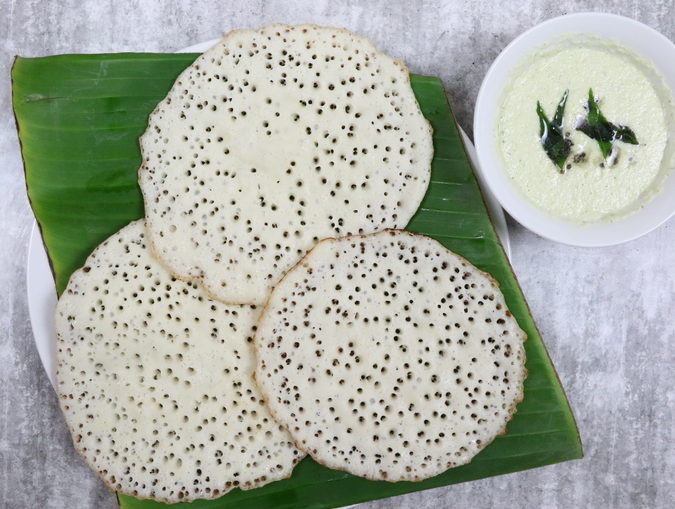
Ingredients
Directions
In a bowl, add in the rice, urad dal, and fenugreek seeds. Wash and soak them for 3 to 4 hours.
After 3 to 4 hours, blend it all together to a smooth batter.
Now grind the batter with grated coconut and poha (soaked for 10 mins) to a fine batter.
Allow the batter to ferment for 8 to 10 hours. After fermentation, add salt and give it a mix.
Now pour the dosa batter on the pan and drizzle some oil over it. Cover the dosa and allow it to cook for 2 to 3 mins
Mushti Polo is now ready. Serve it along with some coconut chutney or any chutney of your choice.
Notes
Tips
- Quality Ingredients: Ensure you use high-quality rice, urad dal, fenugreek seeds, grated coconut, and poha (flat rice). Fresh ingredients will contribute to the flavor and texture of the dosa.
- Proper Soaking: Soak the rice, urad dal, and fenugreek seeds for 3 to 4 hours before blending them. This softens the ingredients and aids in achieving a smooth batter texture.
- Blend to Smooth Consistency: Blend the soaked rice, urad dal, and fenugreek seeds to a smooth batter. Adding enough water during blending ensures the batter is of the right consistency.
- Incorporate Coconut and Poha: Grind the batter along with grated coconut and soaked poha to a fine consistency. This step adds a unique flavor and texture to the dosa.
- Fermentation Time: Allow the batter to ferment for 8 to 10 hours or overnight. Fermentation enhances the flavor and aids in better digestion. Place the batter in a warm place for optimal fermentation.
- Add Salt after Fermentation: Mix salt into the fermented batter just before making dosas. Adding salt earlier may interfere with the fermentation process.
- Cooking Technique: Pour the dosa batter onto a hot pan and drizzle some oil over it. Cover the dosa with a lid to ensure even cooking. Cooking for 2 to 3 minutes on one side will result in a crispy bottom and a soft, fluffy top.
- Control Heat: Adjust the heat of the pan to prevent the dosa from burning or browning too quickly. Cooking over medium heat ensures the dosa cooks evenly without sticking to the pan.
- Serve Hot: Mushti Polo tastes best when served hot off the pan. Pair it with coconut chutney or any chutney of your choice for a delightful meal.
FAQs
Q. What is Musti Polo?
A: Musti Polo, or Mushti Polo, is a traditional Konkani dish. It is a type of dosa made using rice, urad dal, methi seeds, grated coconut, and beaten rice (poha). The name “Mushti Polo” originates from Konkani words, where “Mushti” or “Musti” means “Fistful” and “Polo” refers to “Dosa.” It is characterized by being cooked only on one side without flipping it over.
Q. Why is soaking the ingredients important?
A: Soaking the rice, urad dal, and methi seeds for several hours softens them, making it easier to grind into a smooth batter. This process also helps in fermenting the batter properly, resulting in a better texture and flavor of the dosa.
Q. What role does beaten rice (poha) play in this recipe?
A: Beaten rice, or poha, adds a light and fluffy texture to the Mushti Polo. It also helps in fermenting the batter faster and contributes to the overall taste and texture of the dosa.
Q. How long should I ferment the batter?
A: The batter should be fermented for about 8 to 10 hours or overnight. Fermentation helps in developing the flavors and making the dosa more digestible. Place the batter in a warm place for optimal fermentation.
Q. Can I make Mushti Polo without coconut?
A: While coconut adds a distinct flavor to Mushti Polo, you can omit it if desired. However, note that coconut contributes to the traditional taste and texture of the dish.
Q. Why is Mushti Polo cooked only on one side?
A: Cooking Mushti Polo on one side without flipping it over is a traditional method used in Konkani cuisine. This technique results in a crispy bottom and a soft, fluffy top, characteristic of Mushti Polo.
Q. Can I store leftover batter?
A: Yes, you can store leftover batter in the refrigerator for a couple of days. Make sure to cover it properly to prevent it from drying out. Allow the batter to come to room temperature before making dosas.
Q. What can I serve with Mushti Polo?
A: Mushti Polo pairs well with coconut chutney, tomato chutney, or any other chutney of your choice. You can also enjoy it with sambar or a side of spicy pickles for a delicious meal.
Recipe Suggestions
Have you tried this recipe?
Mention us @satyamskitchen and tag #satyamskitchenrecipes
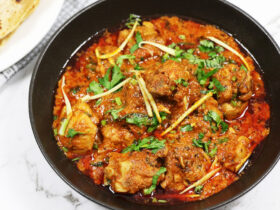
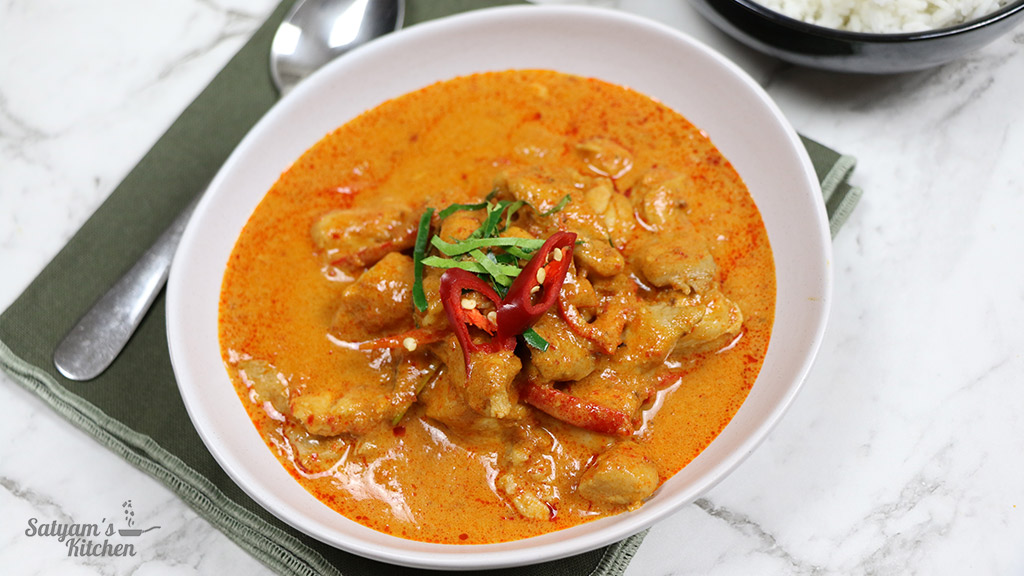
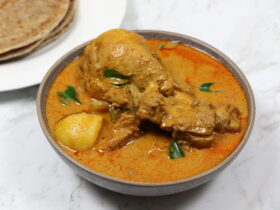




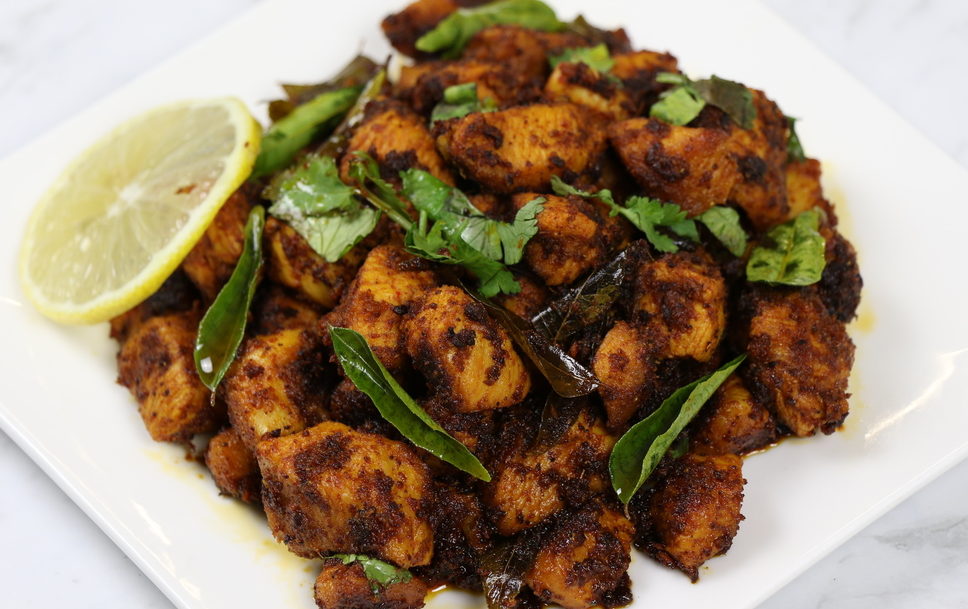
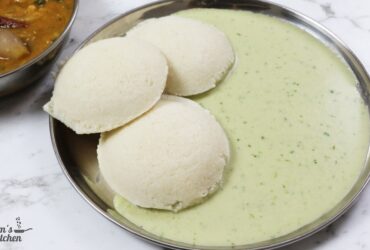
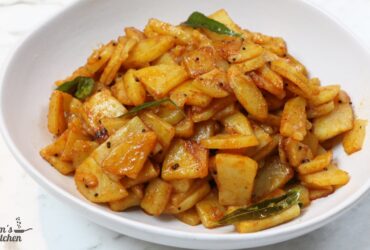
Leave a Review